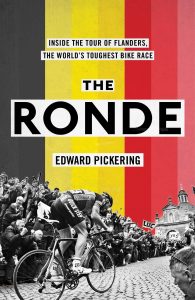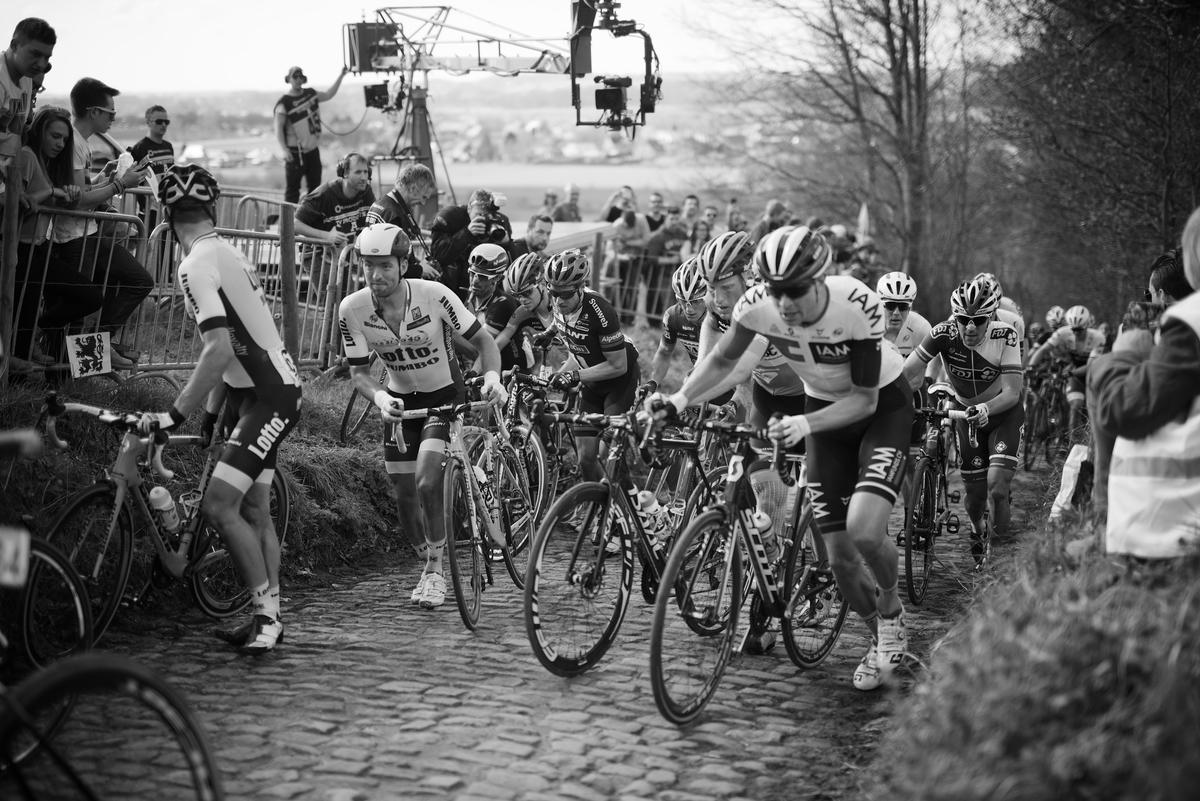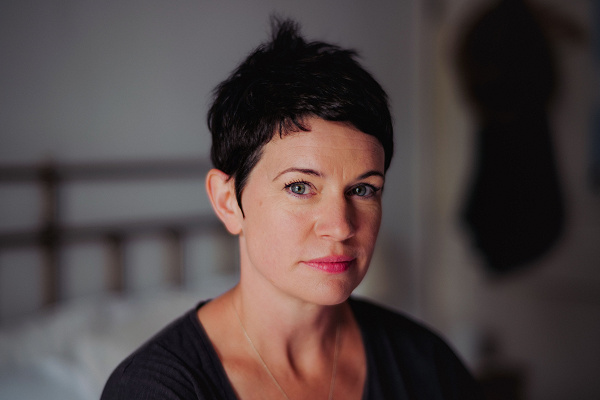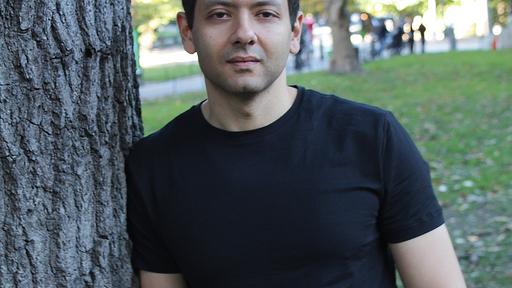 This Easter Sunday, thousands of devotees will make their pilgrimage to hallowed ground in Belgium. They may touch the cobbled streets in awe, they may even stop to genuflect at the Chapel of the Onze Lievre Vrouw, perched on top of the Muur van Geraardsbergen. Finally, they will take a second to celebrate those who endure pain and suffering so that others might understand just a little more about themselves. And then Greg Van Avermaet will pedal further up the Muur, and the moment will be both lost immediately – yet indelibly marked on anyone who was at the Ronde Van Vlaanderen.
This Easter Sunday, thousands of devotees will make their pilgrimage to hallowed ground in Belgium. They may touch the cobbled streets in awe, they may even stop to genuflect at the Chapel of the Onze Lievre Vrouw, perched on top of the Muur van Geraardsbergen. Finally, they will take a second to celebrate those who endure pain and suffering so that others might understand just a little more about themselves. And then Greg Van Avermaet will pedal further up the Muur, and the moment will be both lost immediately – yet indelibly marked on anyone who was at the Ronde Van Vlaanderen.
In Edward Pickering’s terrific look at what makes The Tour Of Flanders, in his view, not only the world’s toughest bike race but its best, he says that religious comparisons to The Ronde – held on the first Sunday in April and therefore often on Easter Sunday – are easy to make. Actually, as he often discovers in his painstaking exploration of the unique character of a race which he calls “a wider expression of an entire culture”, the stereotypes and myths that have grown up around the The Ronde hide far more complex truths.
Take, for example, the idea that a typical Flandrian rider – and the Tour of Flanders itself – represents the population: unflashy, tough, ascetic, hard-working, aggressive and honest. That notion of the Flandrien goes back far further than bicycle racing; to the farm workers of the late 19th century travailing under grey skies and thick mud. But then there’s 2011 winner Nick Nuyens. Born in Flanders, he’s an erudite, modern Belgian with a degree in media science and communications. When Pickering speaks to him, he admits that if a Flandrian is a guy “who is pushing all the time, in bad weather and bad circumstances, that’s not me”.
So though The Ronde might travel through farmland caked with clay and up cobbled bergs that haven’t changed in centuries, Pickering constantly meets people who mourn that money is changing the area into one focused on a “cosmopolitan service economy”. The perception, proffered by Het Nieuwsblad Sports Editor Guy Fransen, that The Ronde is “telling our story: a bit shy, a bit working class, working hard in bad conditions sometimes,” is certainly changing.
For all its enduring charm, the race itself is undoubtedly a more corporate affair too, judging by the marquees that have not only changed the spectator experience but the racing: there’s an interesting observation from rider Andreas Klier revealing that the top of one of The Ronde’s most famous climbs, the Oude Kwaremont, used to break the race apart due to the scything winds. Now, the tents housing the VIPs take all the wind, and it’s altered the impact of the climb.
Indeed, as Pickering learns, the ‘famous’ Oude Kwaremont beer trading on the legend of this climb (which I excitedly purchased in time for last year’s race) is only eight years old and brewed half an hour away.
The Ronde is full of fascinating little nuggets like these, and Pickering expertly marshals his combination of sociology, history, psychology and bike racing through the prism of one edition of the Ronde Van Vlanderen in 2011. Not only because it epitomised in its winner Nuyens (and much more) the tension between the past, present and future of Flanders, but because he thinks is one of the best bike races of the last quarter century. “It involved complicated tactics, unpredictability, and excitement featuring a broad range of characters, culminating in a 12-man free-for all through to an exhilarating denouement,” he writes.
Pickering is often brilliant at describing and explaining the 2011 edition and the motivations of its protagonists as they pick their way through the attacks, the crashes, the breakaways and the bergs to the finish in Meerbeke. Each chapter is based around one of the iconic cobbled climbs, which gives him the license not only to describe the action chronologically but go off on tangents to explore the bergs’ geography, language, architecture, culture – and the riders throughout history who have made them famous.
It’s a brilliant way to structure the material. But if there is a minor quibble with The Ronde, it’s that graphically it barely makes it out of Antwerp. For a book that is all about a labyrinthine race full of geographical personality, the dismal map of the 2011 route in the opening pages is an unpromising beginning and nearly unusable once the action starts. There are, too, only eight pages of small pictures in the middle of The Ronde and too many are semi-generic close-ups of professional cyclists gritting their teeth, rather than images of the bergs which give Flanders its charm.
A book so full of texture and nuance deserves better. Still, Pickering’s unflashy yet passionate writing gets right to the heart of why The Ronde Van Vlaandaren still attracts so many pilgrims every April. They may be different these days, as might their heroes. But for one Sunday every year, Flanders can take a moment to reflect on where it’s been and where it might go, because of a simple bicycle race. Pickering captures this unique state of affairs in fine style.
The Ronde: Inside The Tour Of Flanders, The World’s Toughest Bike Race (Simon & Schuster) is out now.
[amazon asin=978-1471169274&template=add to cart]

